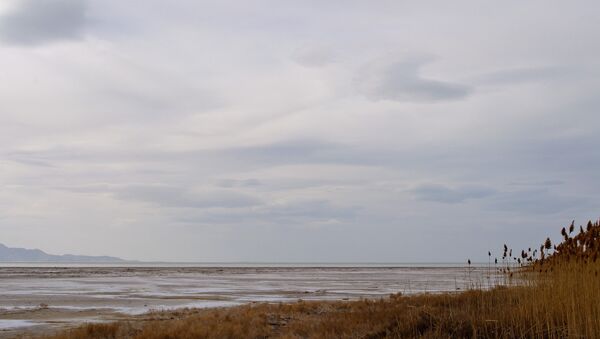Nearly two centuries ago the Great Salt Lake was one of the largest lakes in the world, a shallow body of water ranging between 990-3,300 square miles, depending on seasonal snowmelt and rainfall. It provides a vital habitat for migratory birds, brine shrimp and other wildlife, and has long been a key part of Utah's economy, worth some $1.2 billion per year.
The lake is a terminal bay, which means rivers and streams flow in, but there is no outflow, except through evaporation. As a result, minerals in the lakebed continue to pile up.
Industries depending on the lake's rich ecosystem are extremely concerned, as the lake surface level has dropped some 11 feet since the first arrival of settlers in 1847, and now 50 percent of the lake bed is visible, compared to the first visual records.
NASA satellite imagery shows Utah's Great Salt Lake drying up at alarming rate https://t.co/wgpXsSLvwC #climate #drought pic.twitter.com/3hFQxAmDPW
— climatehawk1 (@climatehawk1) November 7, 2016
A recent paper, led by Utah State University's Wayne Wurtsbaugh, warns that, as unrealistic as it seems, the lake may eventually disappear completely, as happened in the 1920s with Owens Lake, near Los Angeles, California.
If the Great Salt Lake dries up, the paper notes, the region's $57-million brine shrimp industry, and much of the $70-million hunting industry will cease. Industries that harvest brine and minerals from the lake, including Morton Salt, will also suffer.
"Further, lowering lake levels increase dust pollution, which worsens the health effects of the Salt Lake City area's already serious air pollution problems," Wurtsbaugh warned.
According to the climate impact report, this dire scenario can only be avoided if humans put an end to heavy use of the lake's incoming water flows.






